Technology
OCXO Features and Tips for Use
[  PDF ]
PDF ]
1.BACKGROUND
With the commercialization of 5G from March 2020, we expect to be able to combine several requirements to meet a variety of use cases, including ultra-high-speed, high-capacity communications, ultra-coverage extension, low-power and low-cost, ultra-low delay, ultra-reliable communications, ultra-multi-connection, and sensing.
Within this trend, one of the electronic components that support communications is the crystal oscillator with a temperature chamber. (OCXO: Oven Controlled Crystal Oscillator)
Especially for smartphone communication base stations and wired networks, synchronization is required at each location, so OCXO for frequency, time, and time reference is required.
However, compared to the commonly used crystal oscillator (XO, VCXO, TCXO), OCXO is a crystal oscillator with limited applications and many points to be considered when using it.
This section excerpts the features of OCXO and the points on how to use it.
2.What is OCXO?
OCXO is a crystal oscillator that maintains the temperature of the crystal oscillator or crystal unit by a constant temperature oven so that changes in the output frequency due to changes in the ambient temperature are minimized.
The most common frequency stability against ambient temperature changes is a model with a few ppb to several 10 ppb.
On the other hand, in order to stabilize the output frequency, the temperature oven must be operated constantly. Therefore, the disadvantages are that it takes several minutes for the constant temperature oven to warm up at startup (starting in ms order in TCXO) or the current consumption increases as much as several watts (several mW to several 10mW in TCXO) compared with XOs and TCXO.
Figure 1 shows the internal simple block diagram and frequency temperature characteristics of various crystal oscillators.
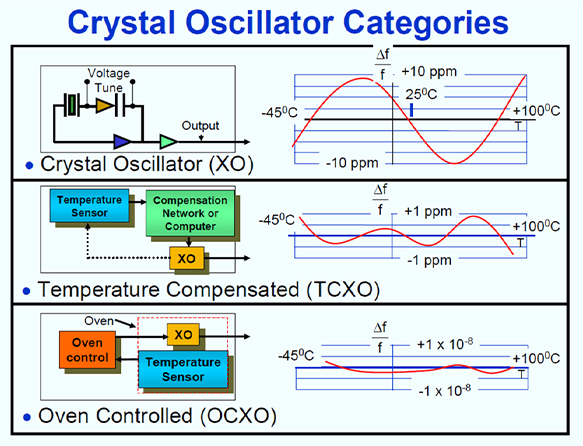
Fig1.Crystal Oscillator Classification, Internal Simple Block Diagram and Frequency Temperature Characteristics
(Source:「Quartz Crystal Resonators and Oscillators
For Frequency Control and Timing Applications - A Tutorial」, 2013, John R. Vig)
(1)Size Trends and Applications of OCXO
Many applications for which OCXO are used are for fixed communications and industrial equipment. The main applications are as follows.
It works an important role as a frequency reference source and master clock for the system in that application.
The main characteristics required for each application are summarized below. (Refer to Table 1.)
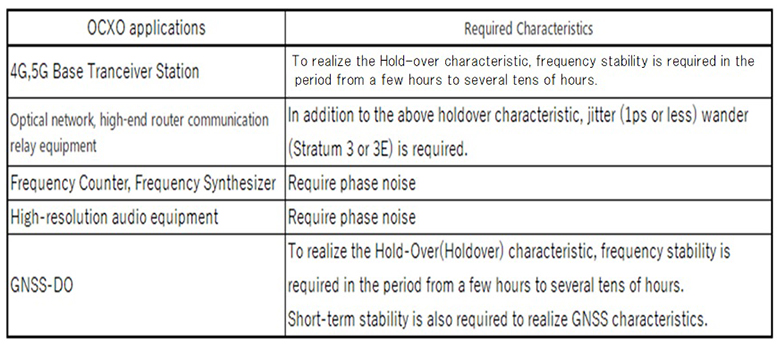
Table1. Applications of OCXO and required characteristics
From the above applications, the size trend is relatively large among the crystal oscillators as shown in Figure 2
For 4G, 5G and other mobile phones and smartphone base stations applications, 25x22mm and 14x9mm are used mainly, and for small base stations, the sizes of 9x7mm and smaller are on the rise.
In addition, products with a power consumption of several hundred mW are the mainstream, so in many cases, a stable power supply is continuously supplied from the outside rather than from the battery.
Select the most suitable product from the viewpoints of its application, size, power consumption, frequency stability, phase noise and price.
Upon the request, we will also make the optimal proposal for some items for OCXO.
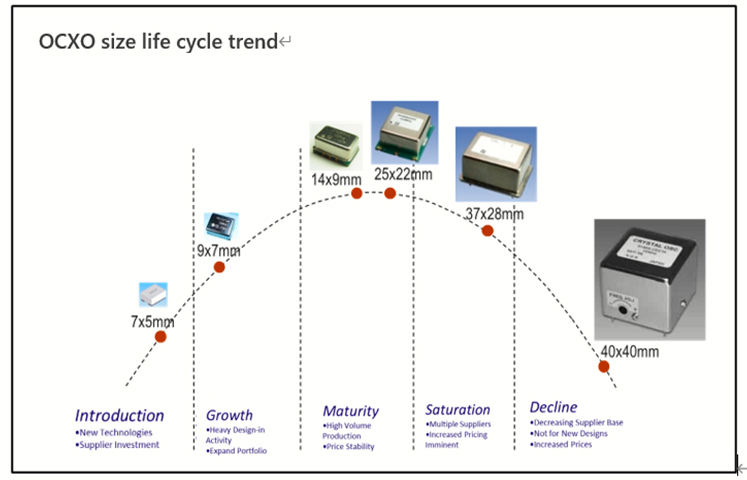
Fig.2 OCXO size life cycle trend
(2)Advantages and disadvantages of OCXO
The advantages and disadvantages of OCXO are briefly summarized below.
<Advantages>
・High frequency stability (frequency temperature characteristics, long-term frequency stability, etc.)
・Low phase noise (especially in offset frequency at 1Hz, 10Hz or lower)
・Excellent Short-term frequency stability(especially in the condition of τ:1s, 10s, etc.)
・Low jitter (e.g. several 100fs as general design)
<Disadvantages>
・High power consumption (for example, several 100mW when stability)
・Large external dimensions (the most common size is 25x22x12.1mm)
・Higher cost (compared to TCXO, etc., less expensive compared to atomic oscillators)
Figure 3 shows a comparison of the characteristics and features of each oscillator.
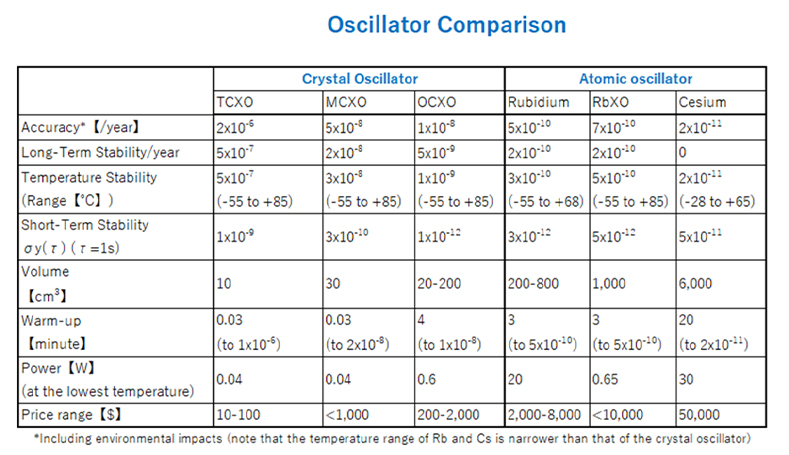
Figure 3. Oscillator Types and Features
(Source:「Quartz Crystal Resonators and Oscillators
For Frequency Control and Timing Applications - A Tutorial」, 2013, John R. Vig)
(3)Detailed features of OCXO
Below we will explain the features of OCXO in more detail.
・For crystal units, SC cut and 3rd overtone designs, which cut out crystal pieces precisely at an angle of twice rotation, are often used from the viewpoint of frequency temperature characteristics and long-term frequency stability.
On the other hand, AT-cut crystal units are sometimes used for OCXO that are inexpensive and have relatively low frequency-stability requirements.(Refer to Fig. 4.)
・The internal constant temperature oven, is used to maintain constant temperature control at the zero temperature change point (ZTC) in the frequency temperature characteristics of the crystal units to ensure high frequency stability.(Refer to Fig. 5.)
・For packages of crystal units, lead type of metal cold weld is often used for high-precision, high-stability applications, and seam-sealed SMT type packages of ceramic are often used for small types.
・Frequency-temperature characteristics of OCXO are mainly from several ppb to several 10ppb in general.
・The long-term frequency-stability of OCXO is mainly from zero comma several ppb/ days to several ppb/ days.
・Since a crystal unit with a higher Quality-factor is used, low near-phase noise can be expected, contributing to BER (Bit Error Rate) and EVM (Error Vector Magnitude) characteristics during modulation.
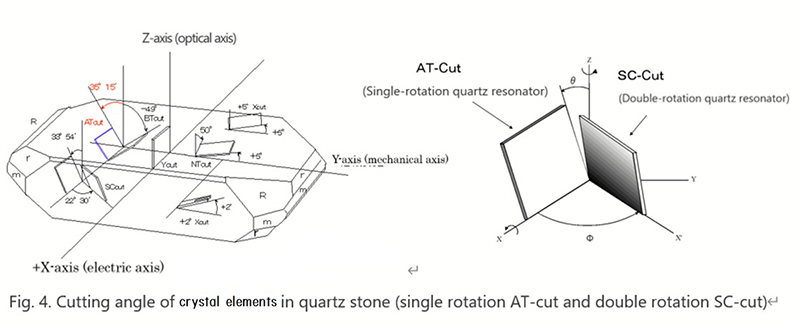
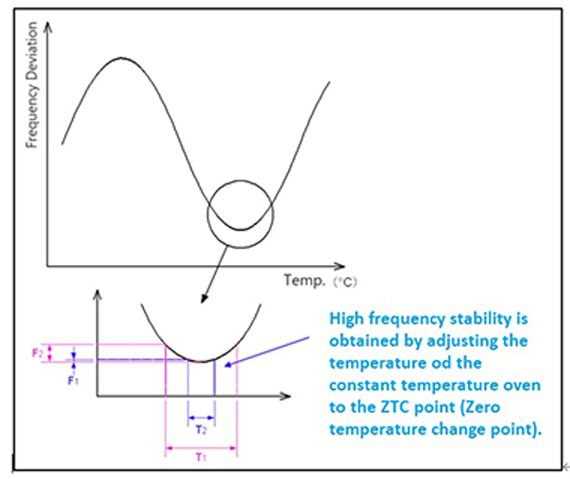
Fig 5: Temperature control points in the OCXO internal constant temperature oven (an example of AT-cut crystal)
3.Typical characteristics of OCXO
(1)Start-up power
OCXO consumes power of several watts at start-up and several hundred milliwatts at stabilization after a few minutes.
The provision of value [ppb] of the normal temperature deviation is specified after reaching the stability state, and is designed to realize various characteristics as a OCXO after the stable state.
When evaluating, please check the specifications carefully and pay attention to the current capacity of the DC stabilized power supply.(Refer to Fig. 6.)
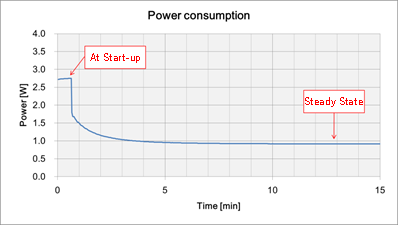
Figure 6: Example of current consumption change over time of an OCXO
(2)Frequency temperature characteristics
The characteristic that expresses the frequency deviation with respect to the change in ambient temperature is the frequency temperature characteristic.
Typical specifications range from several ppb to several 10 ppb/-40 to +85°C. (Refer to Fig. 7.)
Please refer to this characteristic value when OCXO is installed in a cold or warm environment, or if the ambient temperature of OCXO changes due to heat generated by OCXO itself, power amplifier, power supply circuit, etc. inside the application.
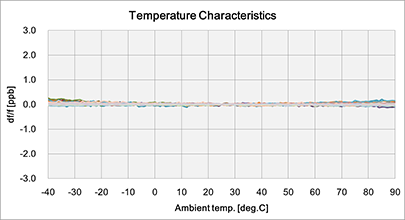
Figure 7: Example of frequency temperature characteristics of OCXO (f : 10MHz)
(3)Long-term frequency stability (aging)
Among the properties of OCXO, the characteristic item is long-term frequency stability (also known as aging).
For crystal oscillators such as XO, TCXO, the overall stability and annual stability are often specified, but for OCXO, the stability per day [ppb/day] is generally specified.
Generally, the range of zero comma several ppb/day to several ppb/day is common.
(Refer to Fig. 8) In addition, when the stability per day is specified, the reference day (starting day) is often specified as a few days later and as long as 30 days later.
Also note that the time span is quite different from that of other crystal oscillators, so please keep this in mind when selecting and evaluating products.
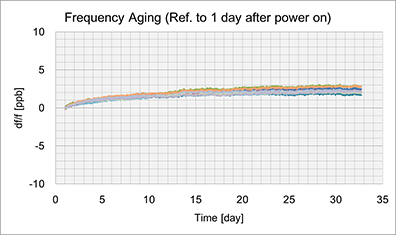
Fig 8: An Example of Long-Term Spectrum Stability Property of OCXO (f : 10MHz)
(4)Phase noise
An example of phase noise characteristics is shown in Figure 9.
OCXO uses the larger, overtone and higher Quality-factor crystal unit than any other crystal oscillator, resulting in better phase noise in the vicinity, such as an offset-frequency 1Hz, 10Hz.
Therefore, it is suitable for reducing EVMs (Error Vector Magnitude) required for modulating characteristics in mobile phone base stations and for master clocks used for high-resolution sound source reproduction in high grade audio, and contributes to high sound quality.
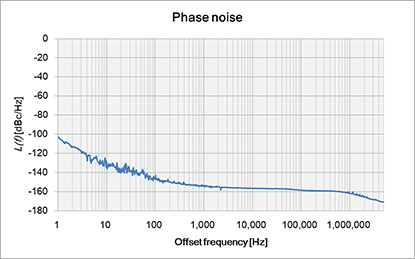
Fig 9: An example of phase noise of an OCXO (f : 10MHz)
(5)Short-term frequency stability
Short-term frequency stability has traditionally been used as an important index to represent the basic performance of atomic oscillators and reference oscillators.
Specifically, it is an indicator of the variance (dispersion) of changes in frequency over time, and is often referred to as the Alan variance from the name of the deviser.
This characteristic is expressed as the variance σy with the respect to the frequency measurement interval time Tau [s] of interest.
Large-sized atomic clocks for time reference tend to relatively emphasize on long time intervals such as Tau 100s or more, and small-sized oscillators such as crystal oscillators tend to emphasize on Tau 1s.
An example of short-term frequency stability is shown in Figure 10.
Generally speaking, OCXO with high stability can be expected to have the best performance at a measurement interval Tau 1 ~10s. Fig. 10 shows the actual performance of E-12 order.
(*As a comparative object, E-11 level is generally the same for small atomic oscillators of the same size.) On the other hand, in the area above Tau 100s, OCXOs generally have a performance of E-11 or higher, which is said to be less than the performance of small atomic oscillators such as rubidium on the order of E-12.
(Refer to the red plot in Fig. 10.)
However, the design of the crystal unit (size of the crystal element, overtone, process conditions, etc.) and the design of OCXO (selection of components, construction, process conditions, etc.) can achieve the same characteristics as that of the small atomic oscillator.
(Refer to the blue plot in Fig. 10.)
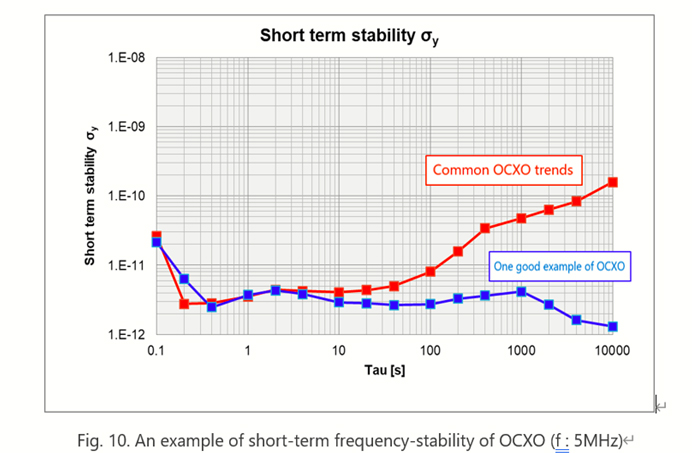
4.Other conditions requiring attention, etc.
(1)Reflow
SMT-type OCXO are compatible with reflow mounting. However, some products have large in volume. For reflow temperature profiles such as peak temperature, refer to the specifications or public standards such as JEDEC.
Do not mount the product with OCXO reversely upside down.
Otherwise, OCXO may fall off due to its own weight or internal components may fall off.
(2)Wind speed
In OCXO, the inside is constantly warmed in a constant temperature oven. Therefore, when exposed to wind, the heat inside is temporarily lost and the temperature drops, which appears as a change in frequency stability.
When installing OCXO in an application with a fan, etc., place it as far away as possible from the fan.
(3)Power supply fluctuation
When the supply voltage to OCXO changes, the temperature of the temperature chambers inside may temporarily fluctuate, and overshoot or undershoot of the output frequency may appear.
Then, after a few minutes, the frequency stabilizes again.
To avoid instantaneous frequency variations, use stable power circuit (DC/DC converters, LDOs, etc.).
(4)Thermal shock
When a sudden temperature change is applied to OCXO, the frequency may temporarily jump due to the natural characteristics of the internal crystal resonator.
When evaluating the temperature characteristics, set the temperature profile based on a temperature gradient of about 1℃/3 minutes.
(5)Falling or mechanical shock
Since OCXO is a larger mass than other crystal devices, the internal crystal resonator and other electronic components may be damaged due to dropping or mechanical impact, and thus it may not be possible to demonstrate the characteristics originally expected.
Specifically, the mode most likely to occurr is a frequency shift.
Therefore, please handle with sufficient care so that it will not be dropped or get mechanical shocks.
5.Future Prospects
We briefly introduced the features of OCXO.
While OCXO boasts the best frequency accuracy and stability compared to other crystal oscillators XOs and TCXO. At the same time, there are many points to be careful about when using it.
Due to space limitations , there are many contents that were not included in this website, so please feel free to contact us if you have any questions.
